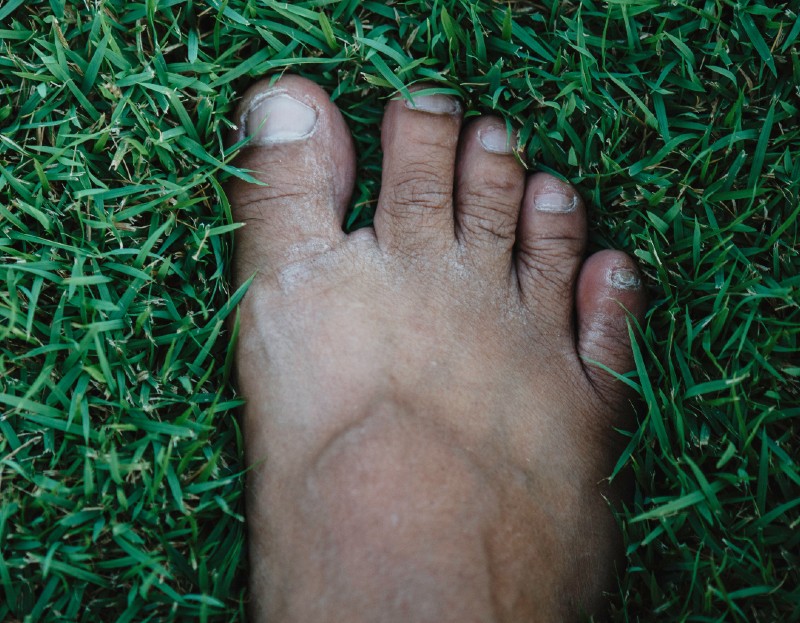Turf Toe: Not Just a Football Injury
For good reason, there are many advocates of eating well and being physically active. These are the pillars of a healthy lifestyle. Eating well and receiving the optimal nutrients is the safer of the two since you are not likely to get hurt consuming veggies and whole grains. Working out and staying active, on the other hand, do pose the risk of getting hurt or injured, like when you experience turf toe during a game of basketball on your lunch hour or in a weekend rec soccer game.
Understanding Turf Toe
The term is probably quite familiar to football fans, as this is a common condition in the sport, but this injury can happen to athletes in a variety of other sports as well. There is a risk of developing this ailment in any activity where your big toe can hyperextend itself by bending too far back. Soccer shoes are often quite flexible and can enable this situation to happen, especially for outdoor models that have cleats that can become stuck in the turf. Ballerinas are also at risk for this injury, due to the demanding nature of this artistic sport on the dancers’ feet and toes.
Each of your feet and its toes has 107 ligaments to enable movement. When you hyperextend your big toe, you are straining the ligaments around the metatarsophalangeal (MTP) joint. The MTP joint is the hinge that allows the up and down motion necessary for your stepping motion, particularly when you push off the ground.
Symptoms to Note
Following an awkward push-off that bends the big toe further than it is intended, you may experience swelling, pain, and limited joint movement. Symptoms of turf toe tend to develop slowly and worsen gradually over time, mainly when caused by repetitive injury. When caused by a forceful, sudden motion, the injury will be immediately painful and worsen over the first 24 hours. A “pop” may be felt when the injury happens and toe movement will be limited if the entire joint is involved.
Diagnosing the Condition
When you come into our office, Dr. Haddad will talk with you to understand the events that happened at the time of injury. Before coming in, it is a good idea to think about the events, location, and circumstances so that you can provide him with an accurate picture. Typically, this is something that will be discussed as he examines your foot. An X-ray may be performed to ensure that there is not a fracture or other damage in the area.
Home Treatment
The best thing that you can do following your injury, before seeing Richardson Podiatry Associates, is to use the RICE method – rest, ice, compression, and elevation. RICE is frequently used to treat sprains and, since it is a toe sprain that you are dealing with, will prove to provide relief for your condition. Resting and taking a break from the activity will help give your body time to begin its natural healing processes. Ice and compression will help to decrease swelling and pain levels. Elevating your injured foot above heart level will help to keep swelling to a minimum by ensuring that blood does not pool in the area.
Mind Your Shoes for Prevention
We love to see our patients, but we would rather know that you were able to prevent an injury. Shoes that offer good support will help prevent the toe joint from bending excessively with any push-off.
Whether you want more prevention ideas or need treatment from an existing case of turf toe, Richardson Podiatry Associates is here for you. We have the expertise and knowledge to handle any difficult foot or ankle condition that is causing you pain or discomfort. Contact our Richardson, TX office by calling (972) 690-5374 or using our online contact form.

